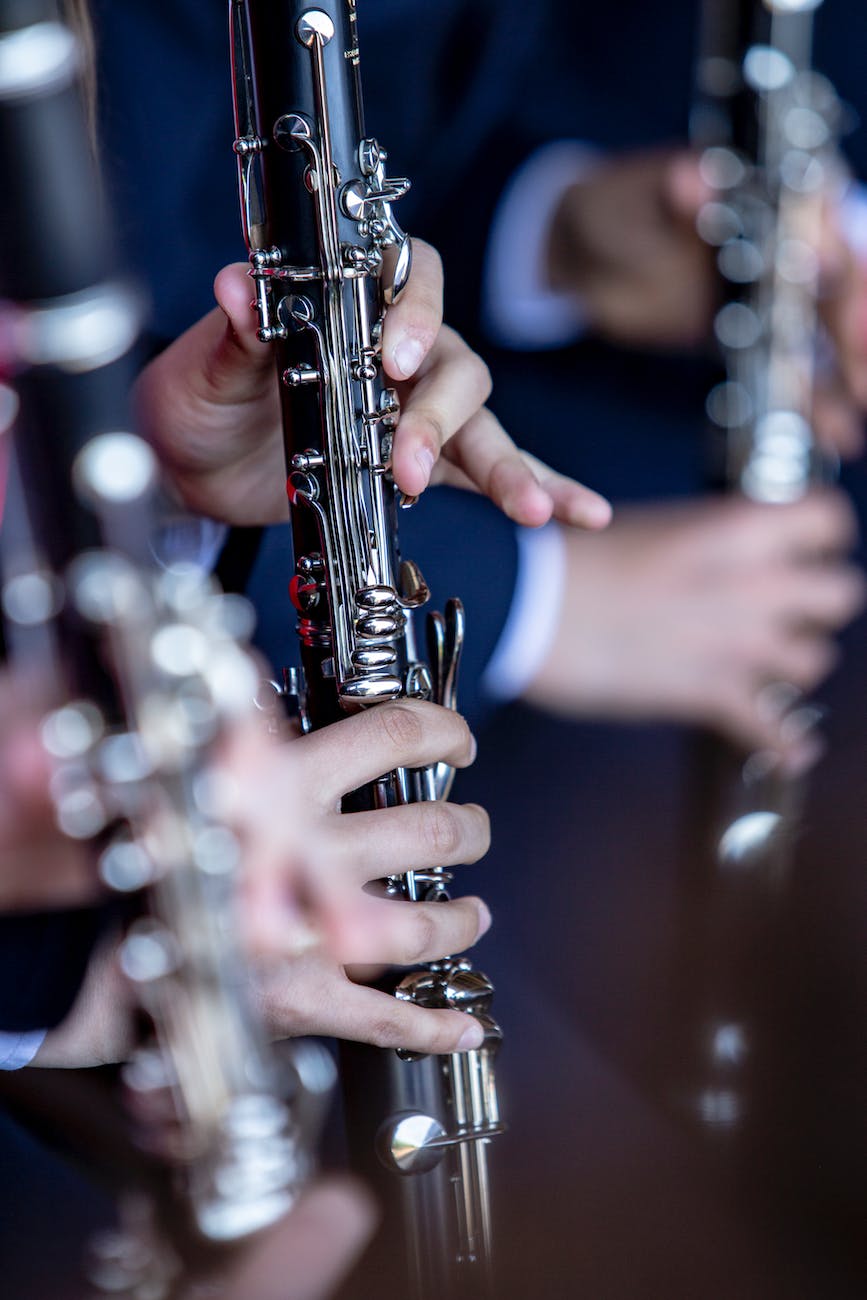Table of Contents
Introduction
Clarinet trios hold a significant place in the realm of chamber music, offering a rich and intricate musical experience that showcases the interplay between the clarinet, cello, and piano. In this article, we will delve into the world of clarinet trios, particularly focusing on the renowned Brahms Trio in A Minor, exploring its historical, cultural, and musical significance.
What is a clarinet trio and its significance in chamber music?
Definition and components of a clarinet trio
A clarinet trio typically consists of three instrumental parts: the clarinet, cello, and piano. This ensemble allows for a diverse range of musical textures, blending the rich sonority of the cello with the lyrical melodies of the clarinet, all harmonized by the piano accompaniment.
Importance of clarinet trios in chamber music
Clarinet trios hold a pivotal role in chamber music, enriching the repertoire with their distinctive blend of woodwind, string, and piano elements. The genre offers a unique platform for composers to explore the interplay and synergy between the clarinet and its counterparts, resulting in compositions that epitomize musical cohesion and expression.
Notable composers and their contributions to clarinet trios
Throughout history, eminent composers such as Mozart, Brahms, and others have made substantial contributions to the clarinet trio repertoire, further solidifying the genre’s significance in the chamber music landscape. These composers have crafted timeless works that continue to captivate audiences and inspire musicians worldwide.
Exploring the legacy of Johannes Brahms’s Op. 114
Overview of Brahms’s Op. 114 clarinet trio
Brahms’s Op. 114, known as the Trio in A Minor for Clarinet, Cello, and Piano, stands as a pinnacle of chamber music repertoire, revered for its profound musical depth and emotional resonance. The composition expertly showcases the expressive capabilities of each instrument within the trio, creating a captivating sonic tapestry.
Historical and cultural influences on Brahms’s composition
The creation of Brahms’s Op. 114 was notably influenced by the virtuosity of clarinetist Richard Mühlfeld, whose exceptional talent inspired Brahms to compose a series of chamber works featuring the clarinet. The composition bears testament to the symbiotic relationship between the composer and the clarinet virtuoso, resulting in a work of enduring beauty.
Comparative analysis with other Brahms compositions
When compared to Brahms’s other chamber works, Op. 114 exhibits a distinctive melodic and harmonic language, reflecting the composer’s profound musical maturity and artistic ingenuity. The intricacies of the clarinet part, intertwined with the cello and piano accompaniment, showcase Brahms’s adeptness in creating captivating chamber music.
Benefits of studying and performing Brahms Trio in A Minor
Enhancing musical skills through the performance of Brahms’s trio
Studying and performing Brahms’s Trio in A Minor offers musicians a valuable opportunity to enhance their interpretative and ensemble skills. The composition’s complex rhythmic and harmonic intricacies provide a fertile ground for musical growth and artistic development.
Understanding the technical and expressive aspects of the composition
Engaging with the nuances of Brahms’s Op. 114 allows performers to delve into the technical and expressive facets of the composition, honing their abilities to convey emotional depth and musical phrasing. The interwoven interplay between the clarinet, cello, and piano demands a keen understanding of ensemble dynamics, fostering a more profound musical understanding.
Impact of Brahms’s Trio in A Minor on contemporary clarinet repertoire
Brahms’s Trio in A Minor continues to serve as a pivotal influence in the contemporary clarinet repertoire, inspiring composers and performers to explore the expressive potential of the clarinet trio ensemble. Its enduring legacy resonates across generations, solidifying its significance in the ever-evolving landscape of chamber music.

Exploring the influence of Viennese classical music on clarinet trios
Historical development and evolution of Viennese clarinet trios
Viennese classical music has greatly contributed to the historical development and evolution of clarinet trios, with prominent composers of the Viennese School crafting enduring works that embody the stylistic traits of the era. The genre’s evolution in Vienna reflects the city’s rich cultural and musical heritage.
Comparative study between Viennese and other regional clarinet trio styles
Comparative examination of Viennese clarinet trios in contrast to other regional styles provides insight into the distinctive melodic and harmonic characteristics unique to each tradition. This exploration enriches our understanding of the diverse influences that have shaped clarinet trio compositions across different cultural and geographical contexts.
Incorporation of Viennese elements in modern clarinet trio compositions
The enduring influence of Viennese classical music is evident in modern clarinet trio compositions, as contemporary composers draw inspiration from the stylistic hallmarks of the Viennese tradition, infusing their works with echoes of the past while embracing innovative approaches to the genre.
Breve Music Studios publishes music to Spotify, YouTube Music, Amazon Music and more. Follow our pages on Facebook, Instagram, Twitter, TikTok, and YouTube.
Listen to our ensembles: Breve Orchestra, Breve Music Ensemble, Breve Low Brass Ensemble, Breve Woodwind Ensemble, and Jermaine Harris on Spotify.
